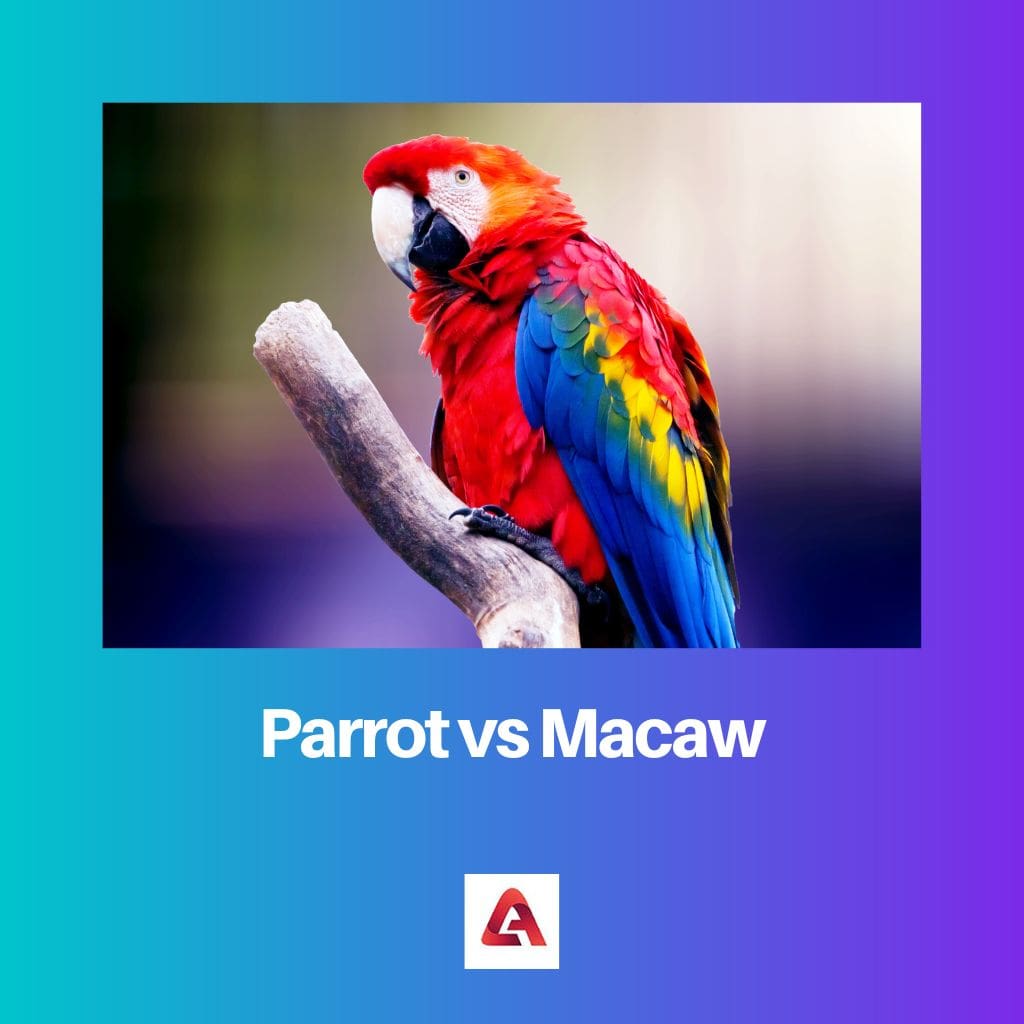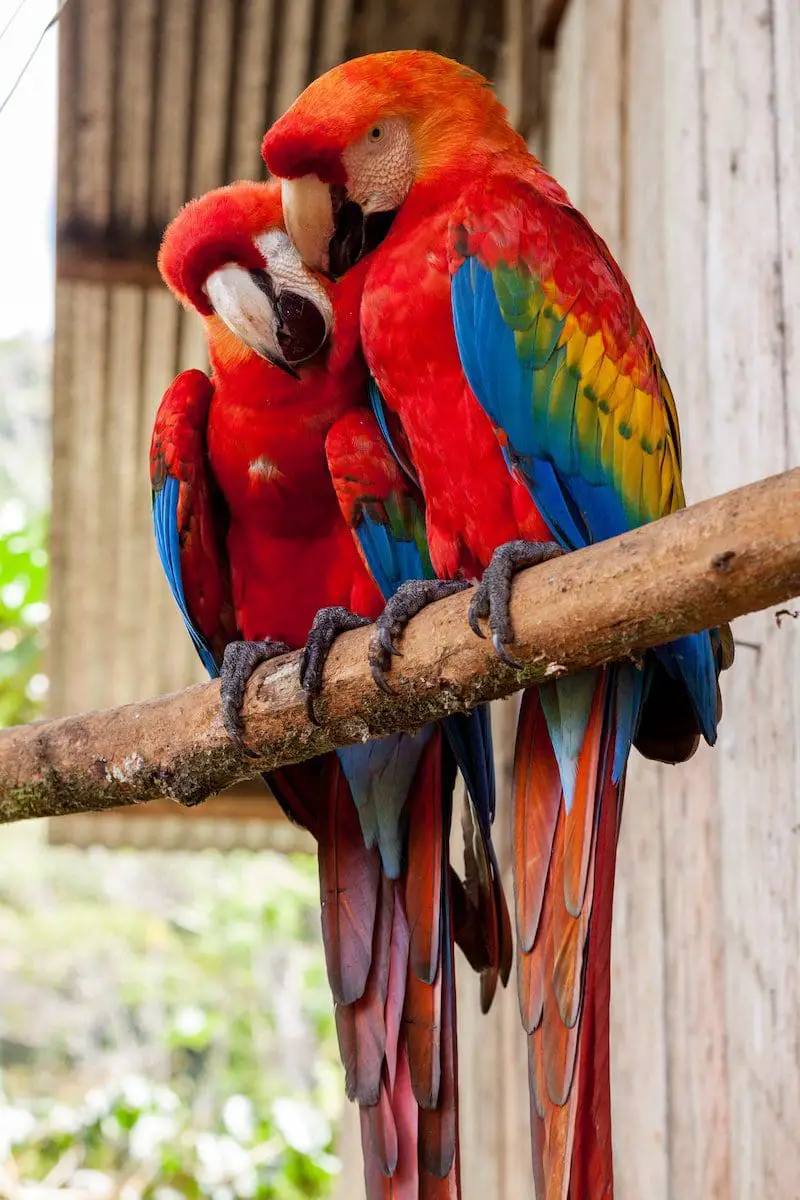There are different types of animals and plants in the biodiversity of animals and plants. Flora and fauna are categorized based on their habitat, adaptation, etc.
For example, terrestrial, aquatic, and aerial. Aerial animals are those animals that can fly; they have different characteristics than terrestrial or aquatic animals.
Aerial animals are synonymous with birds. There are different species of birds around the world.
The aerial life is, however, getting depleted because of human activities, but still, there are species alive that play an important role in maintaining the balance of nature. All species of birds have similar basic characteristics; for example, they lay eggs, have hollow bones, have feathers, etc.
Beyond the fundamental similarities among all the birds, there are different secondary characteristics; for example, some will have colorful feather bodies, some will have different shapes of noses, and different bills, etc. Some of the species of aerial life or birds are; sparrows, crows, parrots, pigeons, eagles, vultures, flamingos, etc.
Key Takeaways
- Parrots are a diverse group of birds in the order Psittaciformes, characterized by their curved beaks, strong legs, and vibrant colors.
- Macaws are a type of parrot known for their large size, long tails, and striking color patterns.
- Although all macaws are parrots, not all parrots are macaws. The term “parrot” encompasses various species with varying sizes and features.
Parrot vs. Macaw
Macaws are larger than most other parrot species and they are known for their long tails, large beaks, and vibrant feathers. Parrots are a more diverse group of birds that come in many different shapes, sizes, and colors. They are known for their intelligence, social nature, and ability to mimic human speech.

Comparison Table
| Parameters of Comparison | Parrot | Macaw |
|---|---|---|
| Body size | Smaller in size | Larger in size |
| Diet | Eats nuts, insects, fruits, etc. | Eats Soil, nuts, Leaves, etc. |
| Habitat | Found in all Geographical regions | Confined to tropical rainforest |
| Species and joiner | 370 species | 18 species |
| Rate of production | Hatches egg in 19 to 30 days. | Hatch egg Once or twice a year. |
What is Parrot?
Parrots are the birds of Pistoia, a common term used for a whole community of Pistoia birds. Parrots are considered green-colored birds.
Parrots have 86 genres and 370 species. A wide community of birds covers all types of parrots, like lovebirds, cockatoos, true parrots, New Zealand parrots, parrots, strigopidae, etc..all types of parrots are different from each other.
Parrots have different sizes and physical characteristics. They range in size between 3.5 to 40 inches with colorful bodies. Parrots are said to be the most unique and beautiful aerial animals.
There are few differences between male and female parrots. They lay eggs, and in one nest, they lay around 6 to 9 eggs in merely 19 to 30 days.
Parrots have distinctive features and appearances, with unique bills and rash around the nose. They have colorful plumage with beautiful, strong, curved bills.
They have smaller tails than macaws. Macros parrots are found worldwide except for Antarctica, and their largest diversity is Found in South America and Australia.
Diet includes nuts, Insects, fruits, nectarines, etc. One of the most distinctive features of parrots is that they can produce voices of songs and some tunes.
The behavioral environment of parrots is complex; these animals exhibit very social lifelong single marriage. Moreover, they have great potential for learning new things, and they are found in habitats across the world varying from jungles to Deserts.
Parrots are brilliant Birds. They are somewhat synonyms of two young kids. They can mimic people easily.
It is believed that parents are more talkative than young parrots. One of the most talkative parrots is the African Grey Parrot. It can do tasks such as counting, mimicking, etc.

What is Macaw?
Macaw is a type of parrot that has 18 species and 6 genera. They are part of the parrot community, but some differences make Macaws distinctive from other parrots.
In their physical appearance, makeout have separate sections of bare skin and fine rows of feathers over their mouth and reach the base of the bill. They have long feather tails, which makes them different from other parrots.
They brood once or twice a year. Hue takes time to mature, and their habitat is seen as a tree trunk or near any river Basin.
They breed slowly. Due to their size, they are believed to take time to mature.
The diet of Macau includes stems, leaves, flowers, fruits, etc. Amazon Macau is said to feed on soil. It is believed that they get dietary fibers through the soil.
We are found in tropical rainforests or woody Mexico from Central Mexican to South America. We have a small head around the nose, which is a distinctive feature.
The lines of fine feathers around the empty patch are the unique feature. It looks like a fingerprint of a human being. They live in familiar flocks.
The presence of these flocks indicates the help of rainforest and the other flora and fauna that are getting extinct. Around five species of Macaw Parrots are extinct, and the few left are also getting endangered.
The most believed factor that led to the extinction of Macaw parrots is deforestation and the unsolicited pet trade such animals are used illegally as pets and tamed to work in places like Circus. They have colorful bodies with large body sizes.
They are intelligent Birds, just like other parrots, but the only distinctive feature is their large body size in terms of physical appearance.

Main Differences Between Parrot and Macaw
- Parrot is a common name For a community of birds, whereas Macau is a type of parrot.
- Parrots are smaller in size. On the contrary, macaws are larger.
- Parrots produce 9 to 6 eggs in 19 to 30 days, whereas Macau matures.
- Parrots are found all over the world in regards to Geography and physical features, whereas metals are confined to Tropical rainforests.
- Parrots have 86 genera and 370 species. On the other hand, macaws have 18 species and 6 genera.


The content has been presented in a well-structured and coherent manner. The sections comparing parrots and macaws are particularly enlightening, offering valuable insights into their respective features, behaviors, and habitats.
Absolutely, Isla. The article effectively captures the essence of avian biodiversity, particularly in elucidating the distinctions between parrots and macaws, making it a thought-provoking piece.
I couldn’t agree more, Isla. The detailed comparison of parrots and macaws provides a comprehensive understanding of the unique characteristics and ecological roles of these avian species.
The article provides a captivating and informative dissection of the diverse characteristics and ecological dynamics of parrots and macaws. It serves as a fascinating read for individuals interested in gaining nuanced insights into avian biodiversity and the unique adaptations of aerial animals.
Indeed, Gknight. The detailed exposition of parrots and macaws in the article enriches the understanding of their ecological significance and behavioral distinctiveness, making it an intellectually stimulating resource for exploring avian diversity.
Well articulated, Gknight. The article effectively captures the multifaceted aspects of parrots and macaws, contributing to a comprehensive understanding of avian biodiversity and the intricate adaptations of these fascinating aerial species.
The article presents an engaging and thought-provoking portrayal of parrots and macaws, addressing their physical characteristics, habitats, and dietary habits with precision and clarity. It effectively encapsulates the complexity of avian biodiversity in an accessible manner.
Indeed, Parker. The comprehensive portrayal of parrots and macaws in the article imparts valuable knowledge about their diverse attributes and behavioral patterns, adding depth to the understanding of avian life.
I share your perspective, Parker. The article adeptly navigates through the distinct features and ecological dynamics of parrots and macaws, making it an intellectually stimulating piece for readers interested in avian diversity.
While the information presented in this article is fascinating, there are certain factual inaccuracies. For example, the section on macaws states that they are confined to tropical rainforests, which is not entirely true. Macaws are also found in other habitats, and this oversight should be corrected for accuracy.
I see your point, Allen. Precision in scientific information is crucial, and it’s important to ensure that the article reflects the most accurate and up-to-date data on the subject.
I concur with your assessment, Allen. The article should be revised to provide a more precise representation of the habitats of macaws, considering their diverse range of geographical distribution.
While the article is quite informative and well-structured, it would benefit from a more extensive discussion on the conservation status and threats faced by parrots and macaws in the context of global biodiversity. Incorporating this aspect would enhance the article’s relevance and completeness.
I concur, Hill. A comprehensive assessment of the conservation challenges and initiatives related to parrots and macaws would contribute significantly to the article’s depth and relevance within the broader context of avian biodiversity.
This article provides a comprehensive and informative overview of the biodiversity of animals and plants, focusing specifically on aerial animals and the differences between parrots and macaws. It sheds light on the characteristics, habitats, and behavior of these avian species, making it both educational and engaging.
I completely agree, James. The article covers crucial aspects of avian biodiversity and provides valuable insights into parrots and macaws. It’s a great read for anyone interested in the subject.
The delineation of the differences between parrots and macaws provides a fascinating insight into the diversity within the avian order. The detailed comparison offers an enriching perspective on their physical attributes, behaviors, and ecological roles.
I couldn’t agree more, Jackson. The article succeeds in elucidating the intricate contrasts between parrots and macaws, enhancing the readers’ understanding of the unique adaptations and environmental interactions of these avian species.
The section comparing parrots and macaws is enlightening, shedding light on the unique features and ecological adaptations of these avian species. The comprehensive overview provided makes it a valuable educational resource for understanding the diversity within the parrot family.
Absolutely, Pete. The article serves as an educational tool for gaining insights into the varied traits and habitats of parrots and macaws, contributing to a deeper understanding of avian biodiversity.
Well said, Pete. The article effectively captures the distinct characteristics of parrots and macaws, making it an enriching resource for individuals interested in avian ecology and biodiversity.
This article fails to highlight the critical conservation concerns facing aerial animals, including parrots and macaws. While it provides a detailed overview of their characteristics, it lacks a comprehensive discussion on the threats and conservation efforts aimed at protecting these species and their habitats.
I share your view, Oscar. The scope of the article should encompass conservation challenges and strategies to create a more holistic narrative regarding the current status of aerial animals like parrots and macaws.
The article offers a comprehensive and detailed overview of parrots and macaws, encapsulating their unique traits and ecological niches in a lucid and engaging manner. It serves as an informative resource for individuals seeking to delve into avian biodiversity.
Absolutely, Murphy. The intricate portrayal of parrots and macaws in the article provides a captivating perspective on the diverse avian life, fostering a deeper appreciation for the ecological roles and adaptations of these fascinating birds.